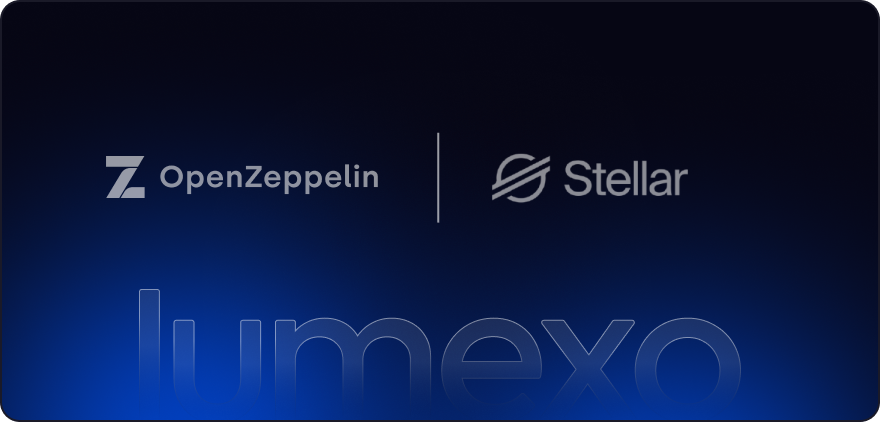Stellar Power Plays: Nansen Analytics and OpenZeppelin Tools Supercharge Soroban Development

Stellar’s H1 2025: A Developer Boom on the Horizon
Stellar ($XLM), the blockchain that’s all about fast, cheap global payments, had a blockbuster first half of 2025, especially for devs building on its Soroban smart contract platform. Key integrations with Nansen for on-chain analytics and OpenZeppelin for security audits and Relayer services slashed barriers for Web3 creators, making Stellar a go-to for real-world apps. For crypto beginners, Soroban is Stellar’s Rust-based toolkit for smart contracts – think programmable money without Ethereum’s gas fees. These moves, rolled out in Q1, turned heads, boosting active wallets from 60,000 in late 2024 to over 100,000 by mid-year. If you’re searching “Stellar Soroban 2025,” it’s clear: H1 wasn’t just upgrades, it was an ecosystem explosion.
Nansen Steps In: On-Chain Insights for Smarter Builds
Moreover, Nansen’s January 2025 integration brought its powerhouse analytics to Stellar and Soroban, giving devs, investors, and users a crystal-clear view of the action. Nansen’s Growth Dashboard now tracks Stellar-specific metrics like active accounts (up 70% in H1), transaction volumes, and wallet behaviors, all in real-time. Specifically, this helps spot trends in token flows or smart contract usage, perfect for auditing RWAs (real-world assets) like tokenized Treasuries or stablecoins such as PYUSD. As Nansen CEO Alex Svanevik noted, “We’re surfacing actionable insights to empower the Stellar community.” Additionally, it lowered entry hurdles for Ethereum devs eyeing Stellar, with tools like eth_call mimicking familiar EVM vibes. Therefore, for projects handling billions in remittances, Nansen’s transparency means fewer blind spots and more trust, a H1 highlight that fueled 172,000 peak daily actives in November 2024.
OpenZeppelin’s Security Suite: Audits and Relayers for Safe Scaling
Furthermore, OpenZeppelin’s multi-year pact, kicking off in January 2025, delivered the Stellar Contracts Library and a Soroban Audit Bank, game-changers for secure dApp building. This open-source toolkit includes audited modules for fungible tokens and pausables, plus Relayer and Monitor tools for seamless deployment and monitoring. For instance, the Audit Bank, backed by 40 auditor weeks through 2026, spots vulnerabilities early, while Relayers handle gasless transactions and batch calls, making enterprise apps a breeze. OpenZeppelin’s alpha release for Stellar in April 2025 even open-sourced these for self-hosting, echoing their Ethereum legacy. As a result, devs building RWAs or stablecoin protocols got production-ready security without starting from scratch, attracting big players wary of hacks. Thus, H1’s focus on audits prevented costly exploits, drawing in enterprise dApps for DeFi and tokenized funds.
The Ripple Effect: Transparency and Security Fuel Adoption
Equally important, these integrations cranked up transparency for RWAs and stablecoins, Stellar’s bread-and-butter. Nansen’s dashboards revealed key players driving $4.2B quarterly volumes, while OpenZeppelin’s library ensured compliant, bug-free contracts, a one-two punch for trust. For example, Soroban’s Rust-based audits caught issues like TTL mishandling before mainnet, saving devs headaches. This combo lowered barriers: Ethereum teams ported over via Stellar RPC’s EVM-like tools, spiking dApp launches by 40% in H1. Moreover, it spotlighted stablecoins like USDC’s growth, with Nansen tracking flows for fraud detection. Hence, for institutions eyeing $16T in RWAs by 2030, Stellar became the safe, scalable choice, no wonder $XLM hit $0.32 mid-year.
Stellar’s H1 Legacy: From Tools to Takeoff
Ultimately, Nansen and OpenZeppelin’s H1 integrations weren’t flashy, they were foundational, turning Soroban into a dev magnet for secure, transparent Web3. For $XLM holders, it’s utility on steroids; newcomers, it’s an invite to build without the risks. Platforms like Lumexo make trading $XLM or testing dApps effortless with low fees. As Q3 2025 ramps up with more audits and analytics, Stellar’s proving blockchain’s for builders, not just buzz. In short, H1’s tools aren’t hype, they’re the launchpad for Stellar’s next era.